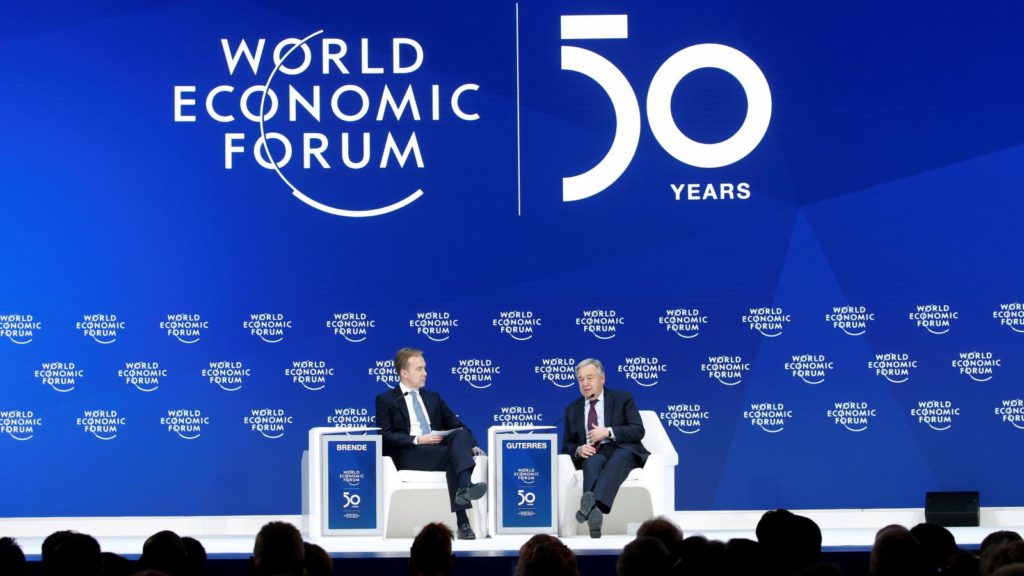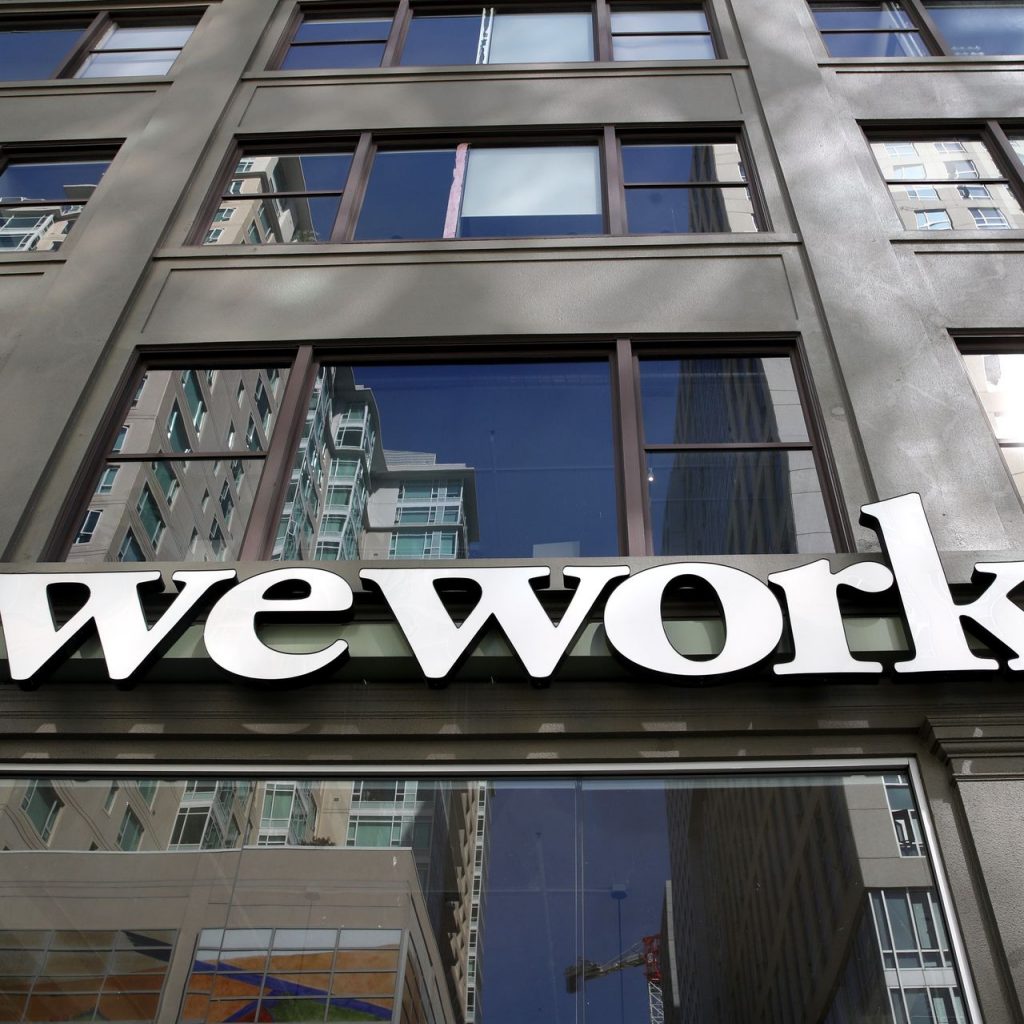President Trump recently used a presidential order to block the acquisition of Qualcomm by Singapore-based Broadcom. At $117 billion this would have been the largest technology acquisition ever made.
National security issues were cited as the main concern for blocking the deal.
The President’s recent tariffs on steel and aluminum imports – in which China was singled out as the primary target – also were justified in large part on issues of national security.
It’s difficult to argue with the President’s good intentions.
By returning the US to what he believes is a level global playing field, more business will be created within the country. That means more jobs and an economy that continues to improve.
But while these actions might be well intended, the consequences could be something completely different.
As the Abbot Saint Bernard of Clairvaux said over 900 years ago, “The road to hell is paved with good intentions.”
Both the blockage of the Qualcomm deal and the decrease of low-cost material coming into the US create a quid pro quo response from other countries. This means less competition, higher prices in certain segments of the economy, and lower demand.
Broadcom, for example, promised to relocate its worldwide headquarters from Singapore to the US if regulators approved its purchase of Qualcomm.
This would have created an increased demand for office and industrial-technology space in the US. But not anymore.
Meanwhile, building material manufacturers in the US are thrilled by not having to compete with low-cost foreign competitors.
On paper, this means that existing plants will be expanded and new ones will be built, staffed by newly-hired employees needed to meet the increase in demand from both within and outside of the US.
But in the real world, tariffs don’t operate in a vacuum. Instead, other countries will place retaliatory tariffs on US exports crossing their borders. In fact, this is already beginning to occur.
So what we could very well end up with is higher-priced building materials within the country, along with an actual reduction in exports and growth.
That means no expansion of existing plants. No construction of new plants. No creation of new jobs. In short, a stagnant economy.




